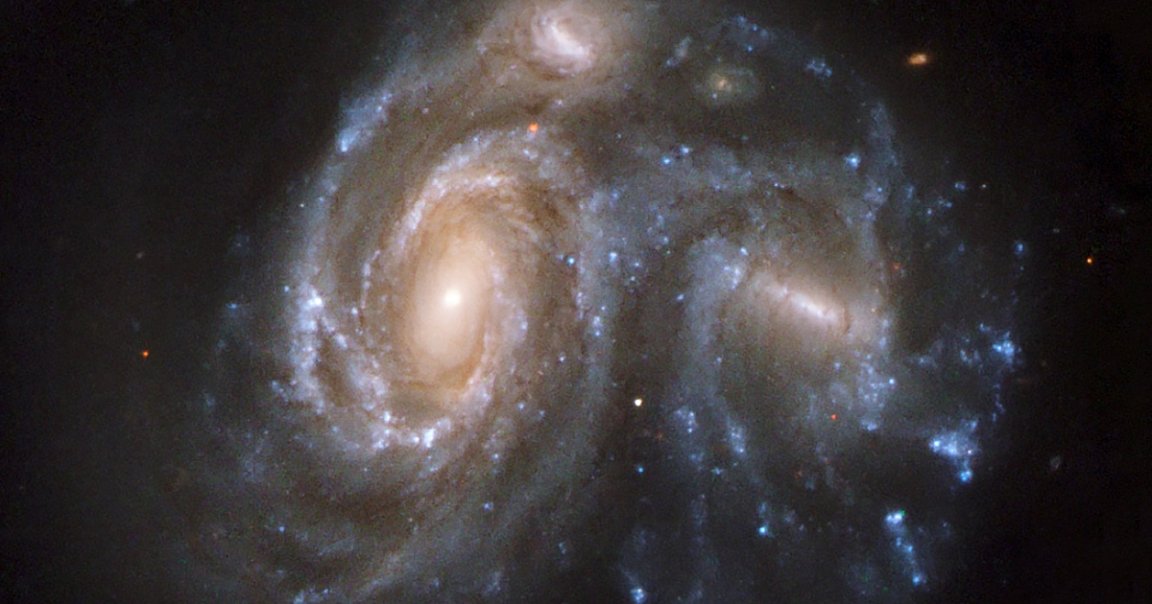
Assimilation Complete
Buried deep inside our Milky Way galaxy, scientists found a “fossil” vastly more ancient and massive than any that could ever be found on earth.
The remains are of an entirely different galaxy — dubbed Heracles after the mythical son of Zeus — that appears to have collided with our own about 10 billion years ago, according to research accepted for publication in the journal Monthly Notices of the Royal Astronomical Society. By discovering the hidden gem, the Liverpool John Moores University scientists behind the finding can now paint a better picture of how our own galaxy grew and developed during its earliest years.
Tucked Away
Heracles isn’t the first fossil galaxy scientists have discovered in the Milky Way — but it was particularly elusive for two reasons. One is that it was embedded deeper into our own galaxy than is typical, and the second is because it’s particularly difficult to parse native Milky Way stars from others, especially when they’re hidden away at the galaxy’s center.
“To find a fossil galaxy like this one, we had to look at the detailed chemical makeup and motions of tens of thousands of stars,” LJMU researcher Ricardo Shiavon said in a press release.
Bulking Season
The research suggests that as The Milky Way was first coming together, it may have gobbled up other smaller galaxies, Heracles included, that ended up making a large portion of the galaxy we know today.
“As our cosmic home, the Milky Way is already special to us, but this ancient galaxy buried within makes it even more special,” Schiavon said.

READ MORE: Astronomers discover new ‘fossil galaxy’ buried deep within the Milky Way [Sloan Digital Sky Survey]
More on galaxies: Astronomers: Something Is Warping Our Entire Galaxy